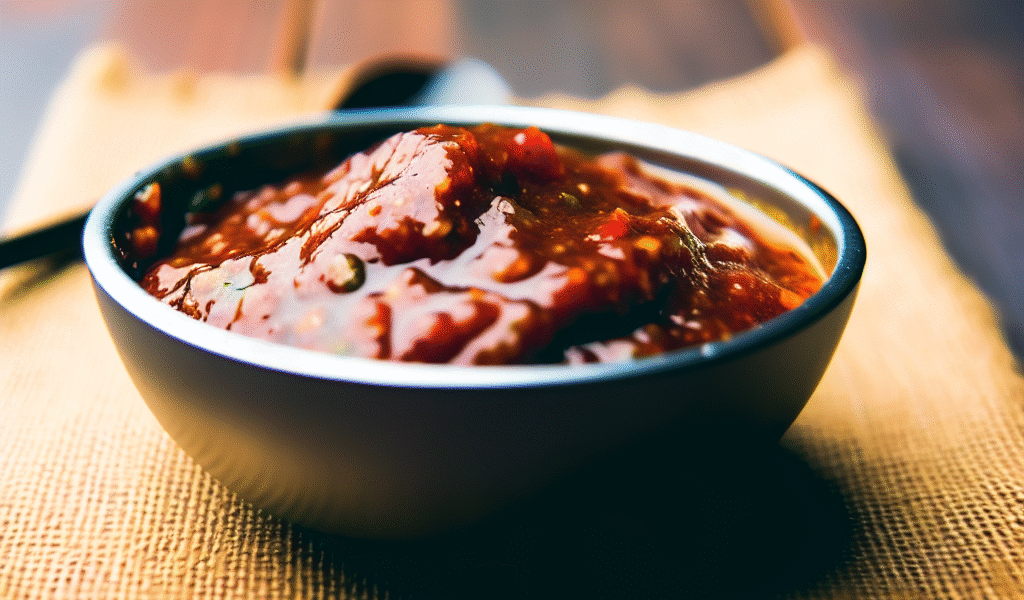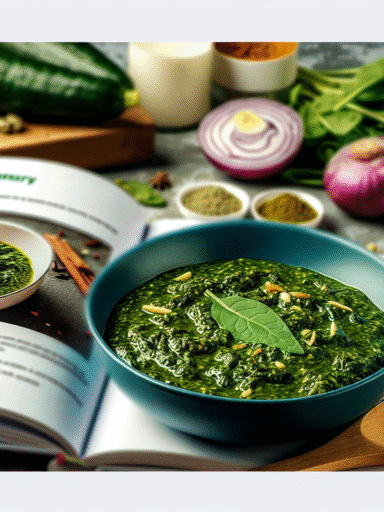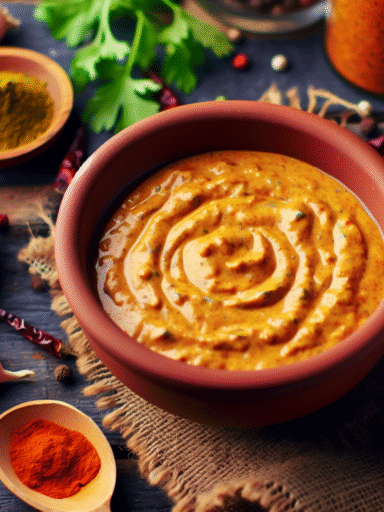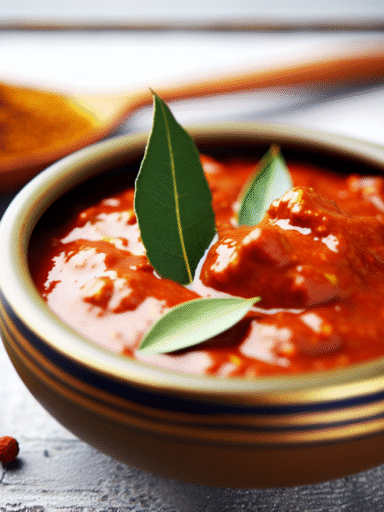Tamarind Chutney
Tags / Categories: Tangy, Sweet & Spicy, Tamarind, Indian, Dip, Condiment, Street Food, Vegetarian, Appetizer Sauce
Quick Info
- Prep Time: 10 minutes
- Cook Time: 15 minutes
- Total Time: 25 minutes
- Difficulty: Easy
- Yield: About 1½ cups
There’s something magical about Tamarind Chutney — that perfect blend of tangy, sweet, and mildly spicy flavors that can brighten up any snack or meal. Whether drizzled over crispy samosas or used as a dip for pakoras, this sauce is a classic in Indian cuisine and beyond. Let’s dive into how you can make it at home, with tips to nail that irresistible balance every time.
The Heart of Tamarind Chutney: Ingredients & Method
First things first, let’s see what goes into this vibrant sauce and how it all comes together.
- 100 grams (about 3.5 oz) tamarind pulp (seedless or tamarind paste)
- 1 cup water (plus more if needed)
- ¾ cup jaggery or brown sugar (adjust sweetness to taste)
- 1 teaspoon roasted cumin seeds powder
- 1 teaspoon black salt (kala namak) or regular salt
- ½ teaspoon red chili powder (adjust based on spice preference)
- ½ teaspoon ginger powder or 1 teaspoon freshly grated ginger
- Optional: pinch of black pepper for extra warmth
Instructions:
- Prep the tamarind base: If using whole tamarind pulp, soak it in 1 cup warm water for 10 minutes. Mash and strain to extract a smooth juice. If you have tamarind paste, simply dilute it in water to get about 1 cup of liquid, no worries if it’s a little thick.
- Cook with love: Pour the tamarind liquid into a saucepan and add jaggery or brown sugar. Bring it to a gentle boil, stirring occasionally until the jaggery fully dissolves and the mix thickens slightly — about 10 minutes. Your kitchen will smell amazing right about now!
- Spice it up: Add cumin powder, black salt, red chili powder, and ginger. Stir well and let simmer for another 5 minutes to meld all flavors. Taste and adjust sugar or salt as you like — don’t stress if it’s a little chunky, that’s completely normal and adds lovely texture.
- Cool and store: Once thickened to a sauce-like consistency, remove from heat and let cool. Transfer to a clean jar or bottle. The chutney will thicken more as it cools.
Serving, Story & Smart Storage
Now that you’ve got your luscious Tamarind Chutney ready, let’s talk about how to enjoy it, where it comes from, and how to keep it fresh.
Serving Suggestions:
- Dip samosas, pakoras, and kachoris for that perfect sweet-tangy punch.
- Drizzle over pani puri or chaats to balance spicy elements.
- Use as a spread for sandwiches or wraps to add a zingy twist.
- Mix with yogurt for a quick raita variation.
Origin & History:
Tamarind chutney, often known as “Imli Chutney” in Hindi, has roots deeply set in Indian street food traditions. Tamarind itself has been valued in South Asian culinary culture for centuries for its sour punch and digestibility. This chutney combines tamarind’s tartness with sweet jaggery and warming spices to make a versatile condiment that transcends various regions and dishes — from northern chaat tables to southern snack plates.
Variations & Substitutions:
- Sweetener swaps: Honey or maple syrup can replace jaggery if you want a different sweet note.
- Fresh ginger: Swap powdered ginger for fresh for a zesty lift.
- Spice twists: Add a pinch of fennel seeds or a hint of cinnamon for regional flair.
- Dietary tweaks: Naturally vegan and gluten-free — perfect for many diets!
Storage & Make-Ahead Tips:
Store your tamarind chutney in an airtight container in the refrigerator, where it will keep beautifully for 2–3 weeks. It also freezes well — just pour into ice cube trays, freeze, then transfer cubes to a ziplock bag for easy portioning. To reheat, simply thaw and warm gently on the stove or add cold to dishes as a fresh boost of flavor.
Nutritional Information (per 2 tbsp serving):
- Calories: ~60 kcal
- Carbohydrates: 15 g
- Fat: 0 g
- Protein: 0.2 g
- Fiber: 1.5 g
Related Sauces / Try Next:
- Mint-Coriander Chutney — fresh, green, and zesty
- Cilantro Yogurt Dip — creamy and cooling
- Spicy Mango Chutney — sweet heat with tropical vibes
FAQ
Q: Can I use tamarind paste instead of tamarind pulp?
A: Absolutely! Tamarind paste works perfectly and just needs to be diluted with water. Adjust the amount based on desired tanginess.
Q: How do I know when the chutney is done cooking?
A: When the mixture has thickened slightly and coats the back of a spoon, it’s ready. Remember, it will thicken more as it cools.
Q: Can I make this chutney less sweet?
A: Definitely! Tamarind chutney should balance sweet and sour to your liking, so reduce jaggery or sugar as needed, or add a pinch more salt and spices to compensate.
In Conclusion: Making tamarind chutney at home is a rewarding experience that fills your kitchen with warm aromas and delivers a versatile condiment perfect for countless dishes. It’s simple, adaptable, and a brilliant way to brighten up meals with its bold sweet-sour-spicy personality. Once you get the hang of it, this chutney becomes a staple you’ll want on hand at all times.



